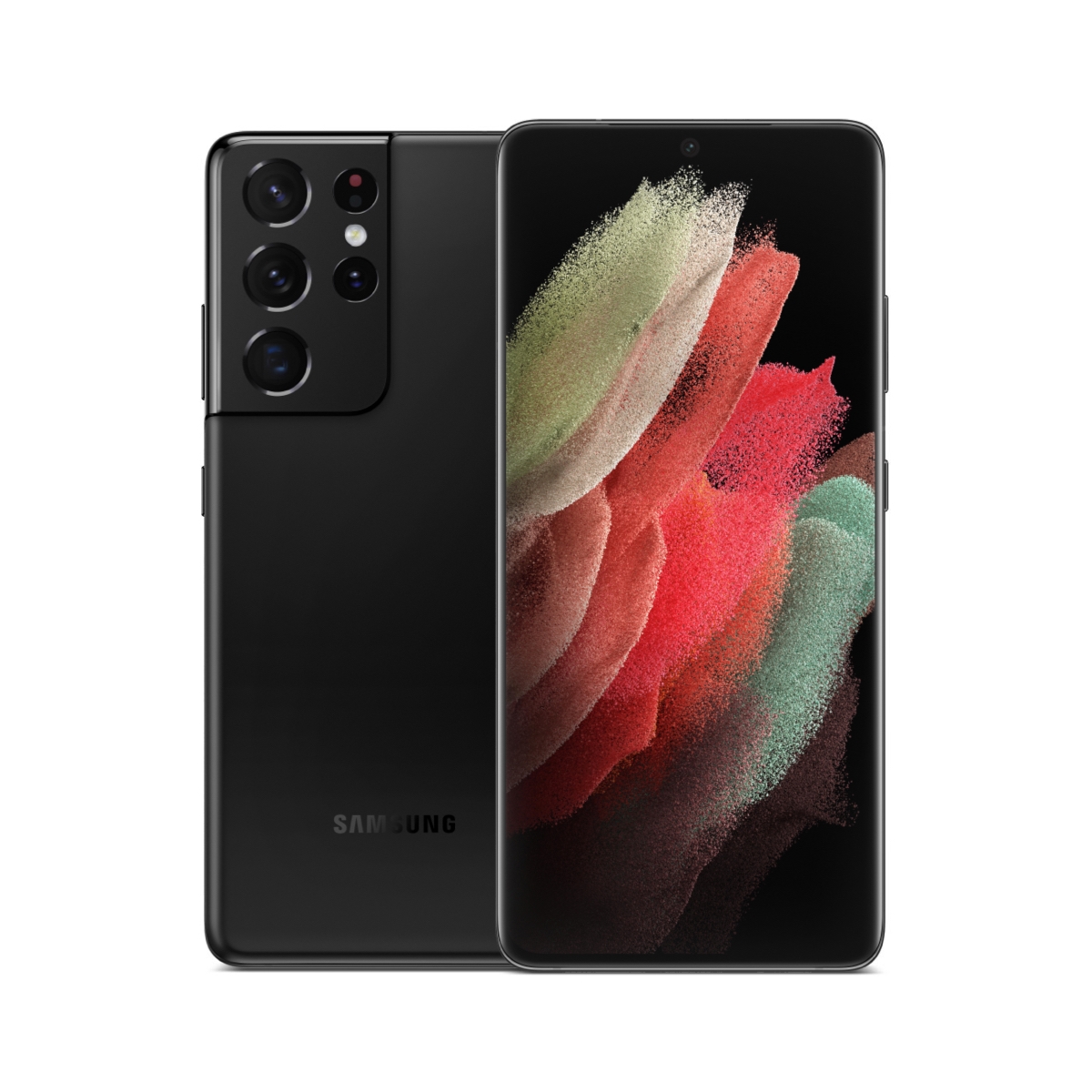Surface Duo 2 – Dual-Screen Mobile Productivity – Microsoft Surface
Open two screens and discover limitless possibilities with Surface Duo 2, now with next-level multitasking, lightning-fast 5G and intelligent three-lens camera.
Additional information
| Dimensions Open | 145.2 mm (H) x 184.5 mm (W) x 5.50mm (T) |
|---|---|
| Dimensions Closed | 145.2 mm (H) x 92.1 mm (W) x 11.0 mm (T at hinge) |
| Weight | 284 grams |
| Battery life | Up to 15.5 hours of Local Video Playback |
| Exterior | Exterior Material: Corning® Gorilla® Glass |
| Warranty | 1-year limited hardware warranty |






Reviews
There are no reviews yet.